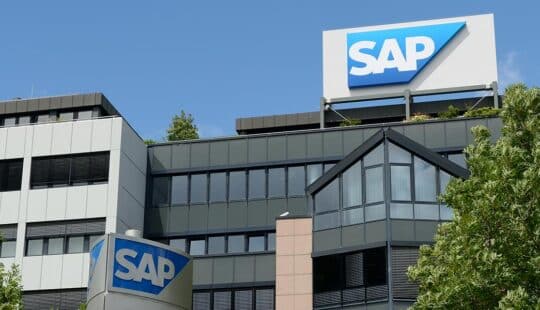The best way to predict the future is to look at the actions we take today. We all have a responsibility for the future.
So much of our time in business is spent looking forward. We create visions, strategies, and plans, forecasts and models, and hold meetings to prepare for the next meeting. We spend a lot of our todays thinking about tomorrow.
But despite the attention given to anticipation, just 30 per cent of companies say they are prepared for unexpected disruptions according to recent research.
That’s why I was joined by Andrea Scown, CEO of Mitre10, and Alex Clemente, Managing Director of Harvard Business Review Analytic Services, this week to dive deep into the challenges, benefits, and best practices surrounding future readiness. You can hear the full discussion here.
The conversation raised several critical insights about how we prepare our organisations to tackle tomorrow’s challenges.
Who Is Responsible for Anticipation?
It’s clear we all have a responsibility for the future.
Yet, our research uncovered a third (32%) of businesses in Asia say that a lack of involvement in planning from lower-level employees is a core problem with their future readiness. That may be because the more senior a role, the more they’re encouraged, and rewarded, to have a proactive mindset and think about the future.
Leaders should absolutely see it as an obligation to be curious about the future. But it is also their responsibility to engage with their teams and people to bring them on the journey. Incorporating insight and ideas from the frontline not only improves the quality and breadth of insights that can be used for planning, but it helps to engage talent and underpins your organisational purpose.
That’s why we’ve been developing a future-focused movement oriented toward the chief anticipation officer at SAP. Eschewing traditional backward-looking mindsets, we believe businesses should be focused on how their people will work, how they will do business, and how they will operate as organisations in the years to come. You can learn more about that concept here.
Resilience Is a Team Sport
When we talk about resilience, we assume it’s a discussion about our own businesses. That it is a singular pursuit.
But resilience requires much more than that – and from more people. Resilience today is a team sport that encompasses your organisation, your networks, and the communities you serve.
This point has been strongly proven through the supply chain challenges we’ve experienced during the COVID-19 pandemic. Our organisations have numerous interlinked dependencies that all impact on our resilience and agility – so that we can bend not break.
Enabling a more collaborative approach across your network means engaging suppliers, customers, employees, and wider stakeholders in your planning processes to shift from ‘me to we’ and co-create shared value across the network. The benefits of increased agility, sustainability, and resilience are worth the investment. Take the Catena-X automotive network, for example, which has created a shared data ecosystem to provide transparency of emission information across car manufacturers.
Technology Is Critical for Future Readiness, But Not a Cure-All
Technology acts as the building block and enabler for future change.
Identifying and gathering data for visibility across your business is the first step. But data on its own is useless. The key is creating insight and taking insight to action. That requires understanding the information, linking data to processes, and then using those processes to drive real outcomes.
New innovations like business AI, predictive modelling, or forecasting tools like our SAP Digital Boardroom are critical ways to drive value from data. And people across the organisation can be empowered to create their own apps and processes through low-code solutions like SAP Build.
But technology alone isn’t enough. It needs the right people with the right mindset to use it in an adaptive way.
Now is the time for leaders and for businesses to be curious about what’s to come, to empower their teams to spend the time to consider multiple different futures, and to show the courage to try new ideas.



